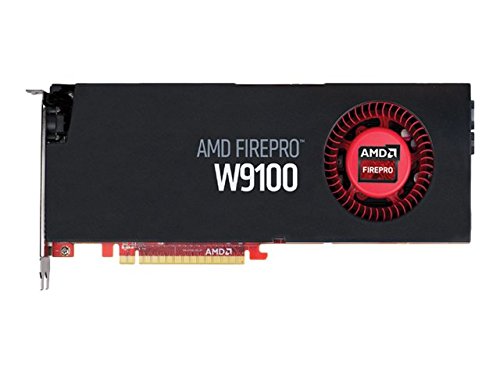
Like AMD’s FidelityFX Super Resolution, XeSS is a brand agnostic upscaler that works on any GPU but is likely optimized for Intel’s own Arc cards.
#Hw compare gpu software#
Just as Nvidia has Deep Learning Super Sampling (or DLSS), Intel has its own upscaling software called Xe Super Sampling, or XeSS. Though while these benchmarks certainly are interesting, you probably won’t want to turn ray tracing on at 1440p whether you have an A750 or an RTX 3060, as neither GPU was able to obtain an average of 30 fps. The gap does shrink a bit at 1440p, however - perhaps the A750’s superior memory bandwidth is coming into play, or maybe it’s easier to feed the A750’s cores at higher resolutions. As you can see, however, the A750 is significantly behind the 3060, though both GPUs were able to hit 30 fps on average. Ray tracing and upscalingĪlthough ray tracing is mostly reserved for high-end GPUs with the horsepower to deliver a 60 frames per second experience with ray tracing on, both the A750 and the RTX 3060 have ray tracing support, so we tested that as well. Intel says this won’t be a problem with future Arc GPUs, which is good, but in the here and now, you’ll have to make sure your motherboard and CPU support ReBAR before you switch to Intel graphics. Arc GPUs perform terribly with this feature disabled, which is a problem for older systems that might not allow users to enable ReBAR.
#Hw compare gpu driver#
It would be nice to see Intel try and get these frame rates up, though, since a smoother gaming experience is always better.Īside from the driver situation, another big caveat is the necessity of turning on resizable base address register (or ReBAR). The A750 has somewhat worse 1% lows than the 3060, but not enough to make it unplayable. One area where the A750 falters a bit is in the 1% low frame rate, which is an indicator of stuttering and poor frame pacing.
#Hw compare gpu drivers#
This is an outlier, but it might be a sign that the A750 has some untapped potential that could be unlocked with better drivers or better game optimization. In most games at either resolution, the A750 is about neck and neck with the RTX 3060, but in Red Dead Redemption 2, we actually found the A750 was over 20% faster. The story is the same at 1440p: The gap between these two GPUs hasn’t changed. Given that Intel is a newcomer (and what you might have heard about Arc’s buggy drivers), these results are pretty surprising - in a good way.
#Hw compare gpu 1080p#
As it turns out, however, the A750 is actually a tad faster at 1080p on average, according to our testing. Gaming performanceīeing cheaper than the 3060 doesn’t mean much if it’s also much slower. You’ll have to consider whether or not the extra 55 watts required for the A750 is worth it. The A750 also has a higher TDP than the 3060, which means it’ll consume more power.

The RTX 3060 does have a larger capacity, but 12GB is definitely overkill for this performance class the faster RTX 3060 Ti and RTX 3070 both have 8GB and are still much faster. The A750 has a large advantage in memory bandwidth, and although some GPUs require more bandwidth than others to perform optimally, it’s certainly good for the A750 to have more.

It is worthwhile comparing the memory between the two GPUs, however. Likewise, you may notice that both GPUs have the same amount of ray tracing cores (or “units,” as Intel calls them), but again, these GPUs are vastly different, and these ray accelerators may not be directly competitive.

One large difference that may pop out to you is the disparity in core count, but at an architectural level, these GPUs are so different there’s very little point in comparing core count.


 0 kommentar(er)
0 kommentar(er)
